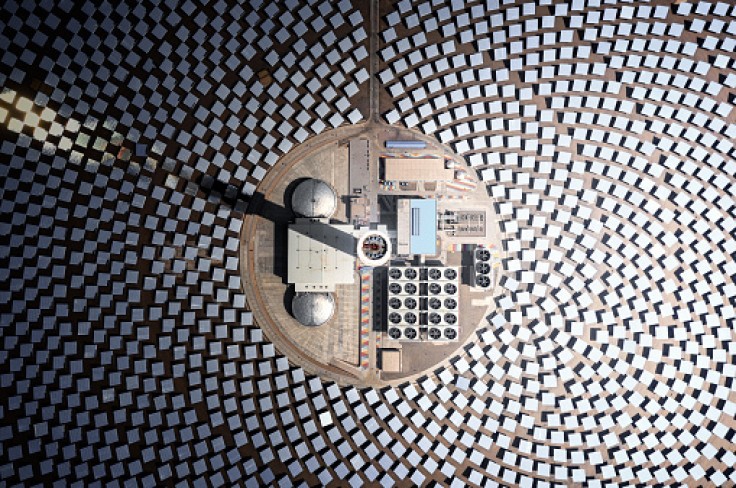We are becoming more aware of the impacts of our carbon footprints, prompting many companies and individuals to switch to renewable energy. With that, bright minds continue to develop better ways to harness clean energy, and a researcher just discovered a way that might just be the future of solar energy.

Organic Photovoltaic Cells
Solar panels are a great way to harness energy from light as it is a renewable resource, and the process does not have harmful effects like fossil fuels do. However, it still has limitations, particularly in form as most panels are rigid and flat.
The way we install light to energy converters may change soon as a researcher, Professor Dooyoung Hah from Abdullah Gül University, discovered a way to create power cells that are more flexible than the standard solar panel.
The organic solar cells called organic photovoltaic cells or OPVs are made from carbon-based materials and can be formed into a hemispherical shape, as reported by Interesting Engineering. With this kind of flexibility, the technology can be used for many more applications.
In addition to their potential for being built into workable forms, they also weigh less and could cost less when produced. Having three advantages over solar panels is what makes this new technology something to look forward to in terms of energy production.
As for applications, Professor Hah said that with the improved absorption and omnidirectionality characteristics, "the proposed hemispherical-shell-shaped active layers will be found beneficial in various application areas of organic solar cells, such as biomedical devices."
It could also be applied to "power-generation windows and greenhouses, internet-of-things, and so on." Even in smaller uses, the OPV could be beneficial in more efficient technology as it can be applied to smaller and wearable electronics and even clothing.
Having solar chargers built into electronic devices isn't new, but manufacturers are often limited to small surfaces that are flat enough to add them to. With a flexible solar cell, companies will not have to make compromises on the design or the size of the solar component.
Why Clean Energy Needs to Be In Our Future
There's a reason why there are a lot of peaceful and loud protests against the use of fossil fuels. More and more are becoming aware of the effects of greenhouse gas emissions on our planet, and it is quickly approaching the point of irreparable damage.
The pollution emitted from such energy sources is largely contributing to climate change, which in turn is leading to more extreme natural disasters. It has also been linked to the loss of many animal and plant species as the temperatures are causing drastic changes in both land and water.
While this is just one step towards a clean future, it's an important contribution nonetheless. Businesses can adopt the technology by using it in their products or installing it on buildings for cleaner energy consumption and cheaper electricity bills, the same way solar panels do in many cases.










